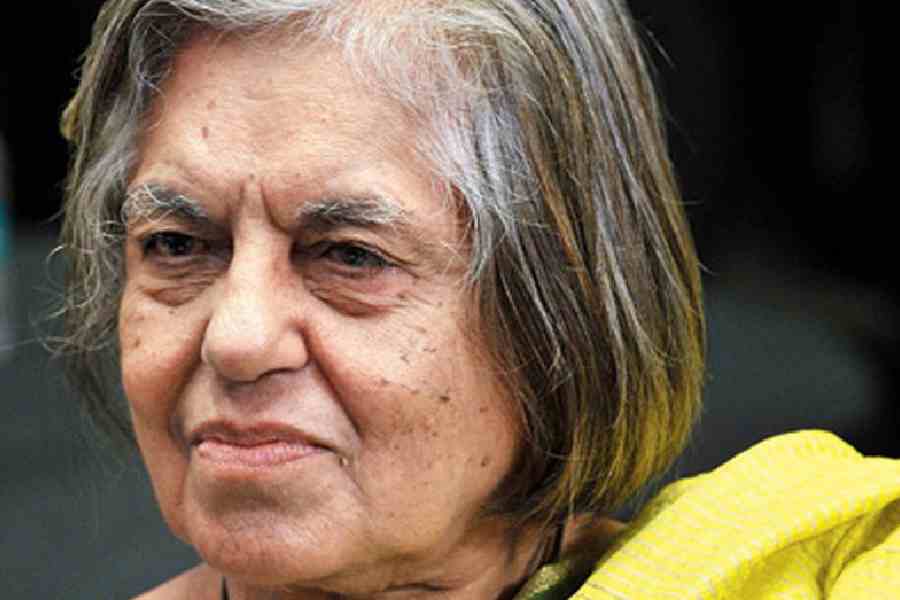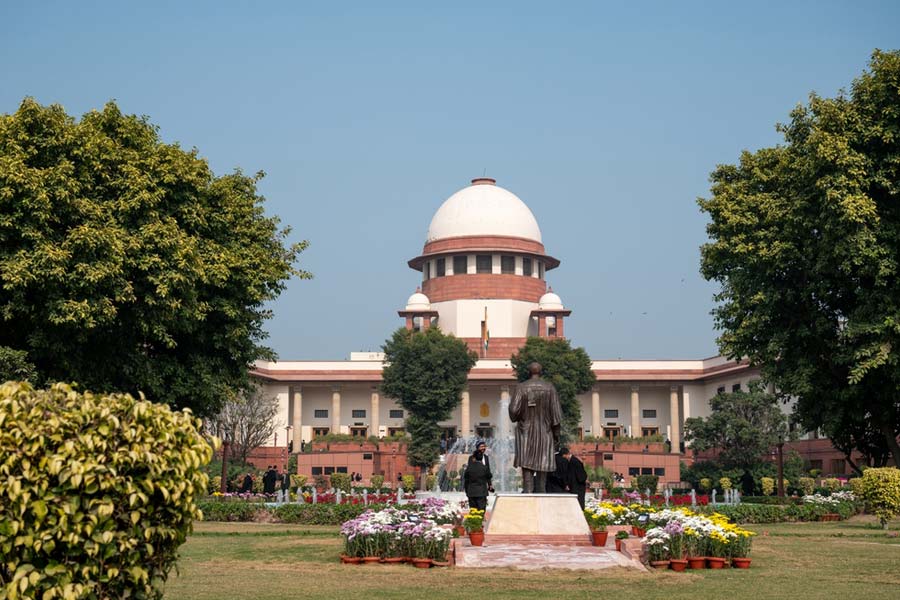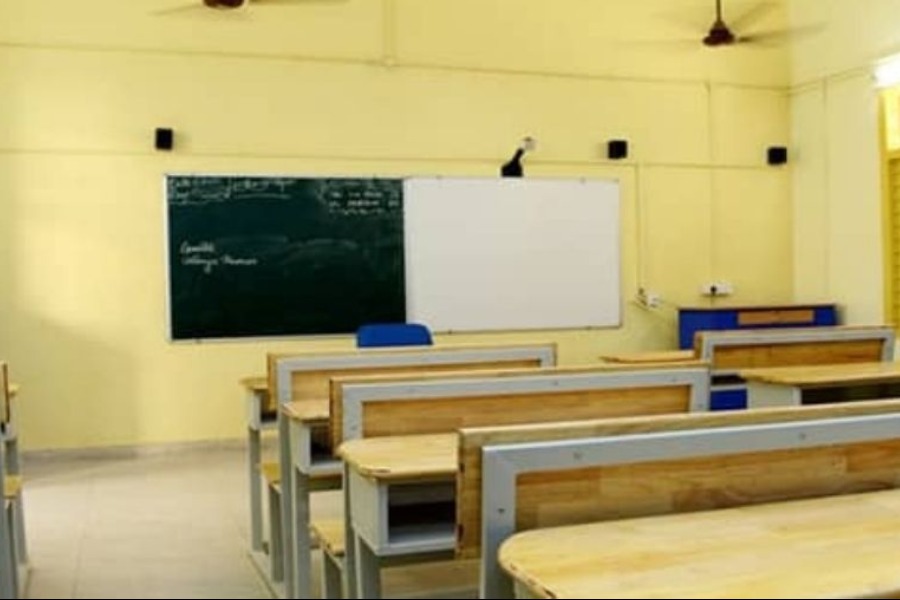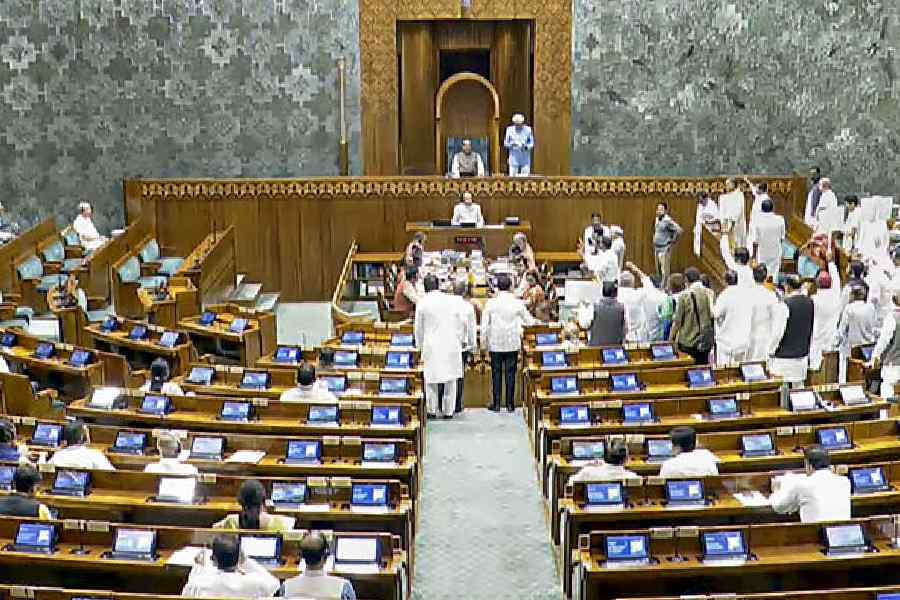Roughly half of Ladakh’s population are practising Buddhists. Nearly every family has a member who is a monk (lama) or a nun (chomo). This pervasive religiosity is seen in the many monasteries (gompas) that dot Ladakh, sometimes growing out of craggy outcrops, sometimes nestled in green valleys and sometimes mirrored in still lakes. Each of these enshrine towering statues in clay or polished copper of one of the many incarnations of the Buddha. At their feet flicker butter-lamps lit by the faithful.
On the walls and ceiling are brilliantly coloured frescoes depicting the life of Sakyamuni and the fearsome demons and guardian spirits of the Mahayana pantheon. There are mandalas, murals and auspicious motifs. It is best to carry a torch with a powerful beam to view these paintings, as many of the halls are dim.
nShey Gompa: Shey, 15 km south of Leh, was once the royal residence.
nHemis: 45 km south of Leh, Hemis is Ladakh’s biggest and best-known gompa
nThiksey: 25 km south of Leh, this is one of the busier monasteries with a wealth of frescoes and statues
nAlchi: About 70 km from Leh, this is one of Ladakh’s most richly painted monasteries. It is the only place where the art shows marked Kashmiri influences as opposed to the Tibetan style.
nBasgo: On the road to Alchi, Basgo is the world’s most endangered World Heritage Site. A photographer shooting the gompa on the fateful morning of September 11th 2001, claimed to have seen tears in the eyes of the Maitreya Buddha.










